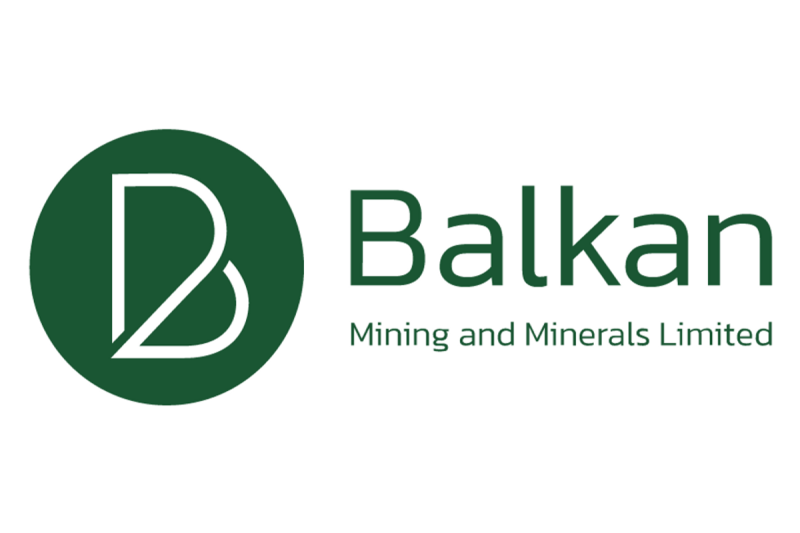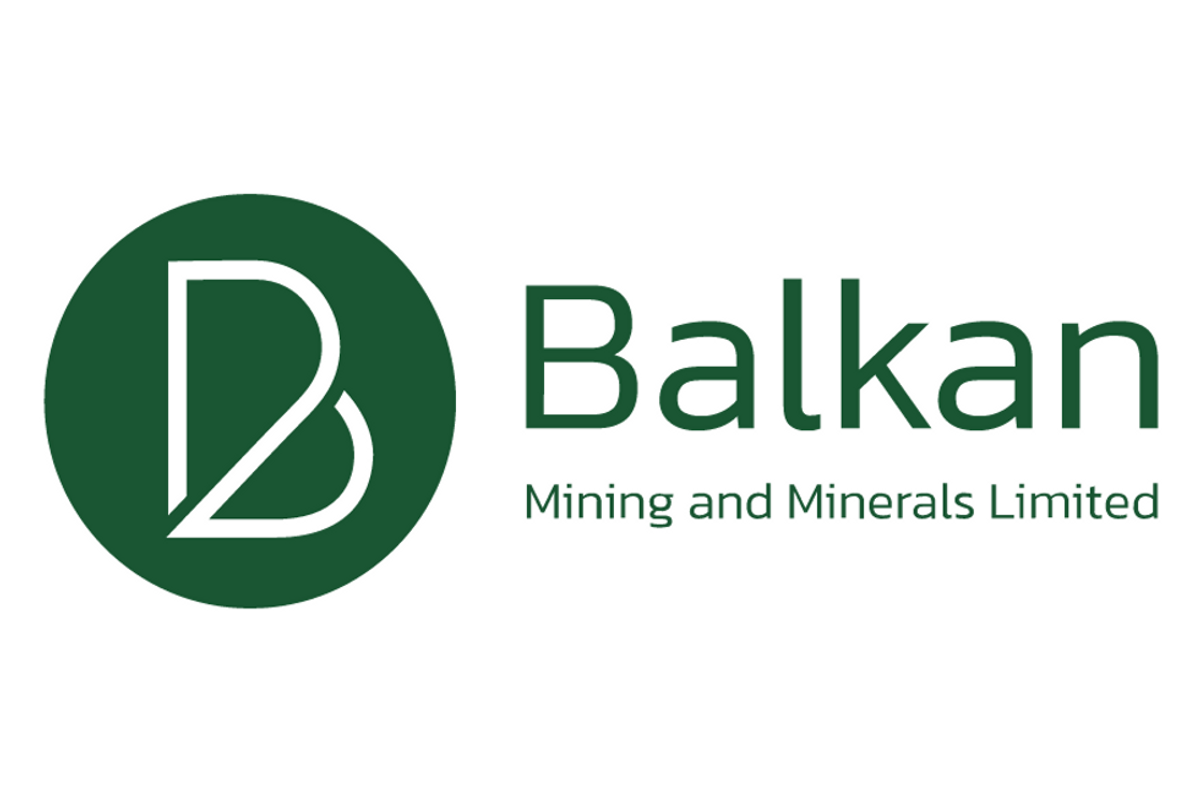
 Bayan Mining and Minerals Ltd (ASX: BMM; ‘BMM’ or ‘the Company’) is pleased to announce the results of detailed ground gravity, magnetic and radiometric surveys completed across its 100% owned Desert Star Projects, located in California, USA.
Bayan Mining and Minerals Ltd (ASX: BMM; ‘BMM’ or ‘the Company’) is pleased to announce the results of detailed ground gravity, magnetic and radiometric surveys completed across its 100% owned Desert Star Projects, located in California, USA.
The integrated datasets have delivered a coherent, multi-parameter targeting framework that refines the Company’s understanding of the structured controls on rare earth element (REE) mineralisation. Three priority REE targets (ST1-ST3) have been delineated within the Desert Star Project, while the Desert Star North area has been differentiated into two distinct domains REE focused NT1 and uranium-enriched NT2.
These results collectively support a structurally controlled, fenite-style REE system, providing a clear work pathway towards 3D geophysical modelling and systematic drill targets.
Highlights
- Coherent targeting framework established: Comprehensive ground gravity, magnetic and radiometric surveys have been completed across the Desert Star Projects, establishing a targeting framework with the Desert Star prospect emerging as the Company’s primary focus.
- Three priority targets (ST1–ST3) refined: Integration of structural corridors, gravity edge features and thorium-rich radiometric ratios has refined three high- priority REE targets, tightening drill collar placement and sequencing for maximum efficiency.
- Desert Star North differentiated: Target NT1 is confirmed as a thorium-rich REE domain, while NT2 is newly recognised as an eastern uranium-enriched structural corridor, both warranting independent advancement.
- Consistent geological model: Results support a structurally controlled, fenite- style rare earth system concentrated along faults and intrusive margins, consistent with mineralisation styles observed in the nearby Mountain Pass district.
- Clear path to drilling: The Company will now advance 3D gravity and magnetic modelling over ST1–ST3 targets zones and conduct soil sampling across existing anomalies to finalise precise drill locations.
- Risk-focused targeting: Targeting along anomaly margins enhances collar accuracy and prioritises the high-confidence drill positions.
- District context reinforced: The interpreted structural and geophysical controls correlate strongly with those of the Mountain Pass REE district, validating the Company’s exploration model and reinforcing confidence in the project’s potential.
- Next phase of exploration: Planned 3D inversions of gravity and magnetic data will further define target geometry and depth, guiding final drill design and sequencing.
- Strategic Location of Desert Star Projects: The Desert Star Project is strategically located just 4.5 km northeast of MP Materials’ Mountain Pass REE Mine1 one of the largest and highest-grade rare earth operations globally. Desert Star North Project lies only 3 km north of the Colosseum Gold Mine, which hosts a JORC-2012 compliant Mineral Resource of 27.1 Mt @ 1.26 g/t Au for 1.1 million ounces2. Both properties are located within the same regional corridor and share structural and geological characteristics with the globally significant Mountain Pass Rare Earth Mine.
- Drill Permitting Progress: The Company is having active engagement with US Bureau of Land Management (BLM) to progress drill permitting and regulatory approvals at Desert Star Projects.
- Downstream Evaluation: Launched an evaluation program to pursue a pathway to secure U.S. supply chain.
Ground Gravity Survey
The gravity survey maps density differences in the subsurface to outline rock boundaries, locate buried dense bodies (e.g., intrusions or carbonate-rich units), and trace the main structures that control mineralisation. At Desert Star, the results define gentle gravity highs with clear edge positions aligned to northwest-trending corridors, indicating zones where fluids and alteration have been focused. At Desert Star North, a more open, lower- density eastern corridor contrasts with a more coherent western domain, consistent with a major through-going fault zone. Taken together, the gravity framework directs follow- up work to gravity edges and mapped structures, sharpening collar placement and improving drill section design. It also feeds stronger starting models for the planned 3D geophysical modelling and detailed soil grids and complements structural cues from magnetics and alteration vectors from radiometrics.
Click here for the full ASX Release

